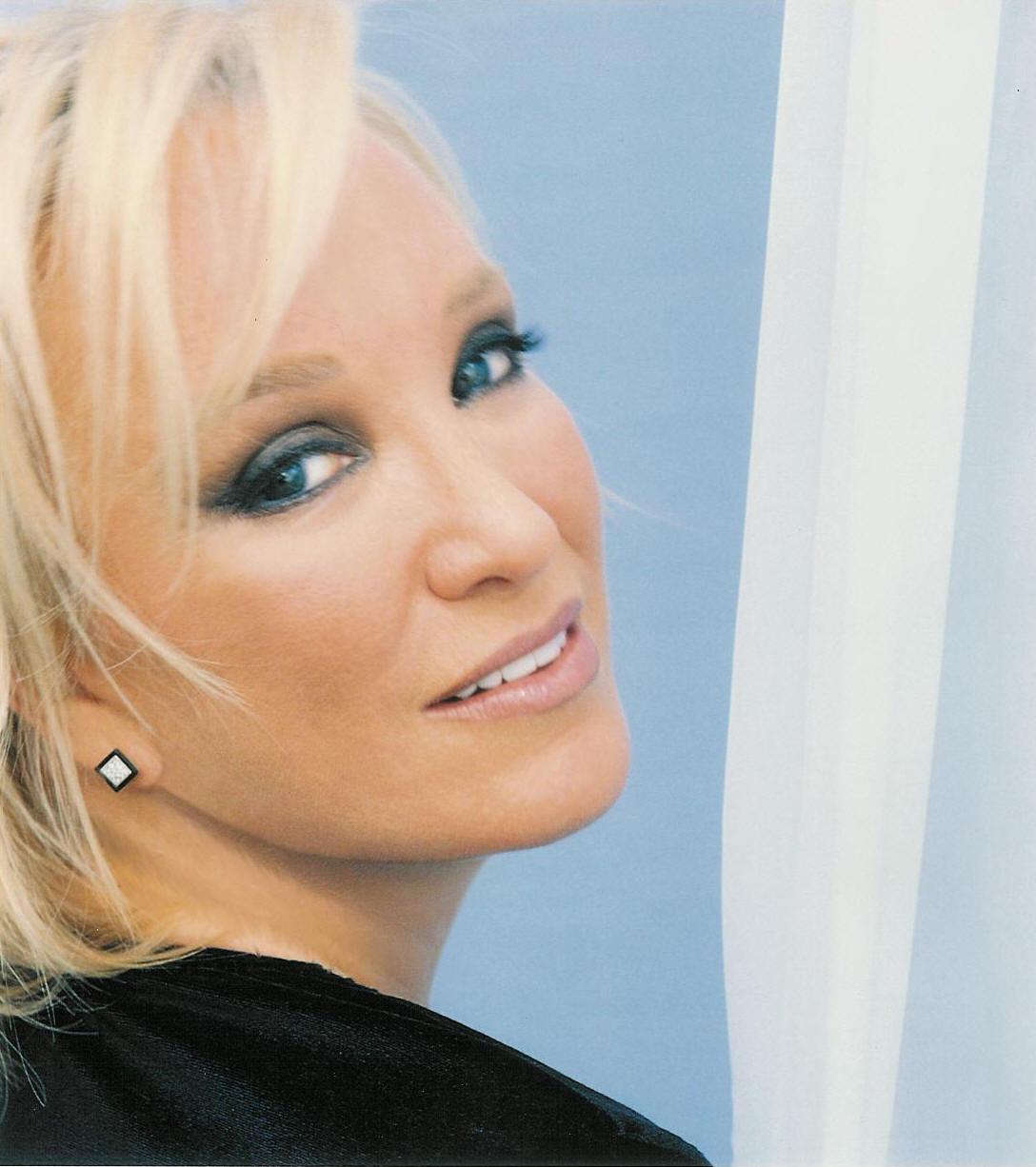|
|
Biography |
|
Biography Tanya Tucker was born Oct. 10, 1958, in Seminole, Texas. Her father, Beau, a construction worker, and her mother, Juanita, encouraged her fledgling musical talents. Her early years were spent in Wilcox, Ariz., before moving to Phoenix in 1967. Her father booked her to perform with visiting country stars on stage at local fairs. Never one to consider that some songs might be too old for her, she was singing Loretta Lynn's "You Ain't Woman Enough" before she was 13. The family moved to St. George, Utah, and her mother impressed the producer of the Robert Redford movie Jeremiah Johnson, which led to Tucker (and her horse) being featured. To further their daughter's career, they moved to Las Vegas, where Beau financed a demo tape. In 1972, producer Billy Sherrill signed Tucker to Columbia Records in Nashville although she disliked his choice of song -- "The Happiest Girl in the Whole U.S.A.," later a hit for Donna Fargo. Subsequently, she first reached the Top 10 with "Delta Dawn," followed by the double-sided "Jamestown Ferry"/"Love's the Answer" and the No. 1 hit, "What's Your Mama's Name?" Though it referred to a Georgia sunset, "Blood Red and Goin' Down" was about a daughter watching her father kill her cheating mother, while "Would You Lay With Me (In a Field of Stone)" was an adult love song, written by David Allen Coe for his brother's wedding. The young Tucker quickly became a country star, was featured on the cover of Rolling Stone and through 200 appearances a year, developed a powerful, if precocious, stage presence. Moving to MCA on her 16th birthday, she was determined to make records that were in keeping with the sophisticated country rock of the Eagles, and she topped the country charts with "Lizzie and the Rainman," "San Antonio Stroll" and "Here's Some Love." In 1978, she wrote and recorded "Save Me," an ecologically inspired single about seal culls on Canada's Magdalen Islands. The provocative cover picture of 1978's TNT album caused controversy because it certainly represented a different approach for a country star. She was booed on the Grand Ole Opry for performing raucous rock 'n' roll. Tear Me Apart was made with the producer-of-the-moment, Mike Chapman, and included a hoarse segue of "San Francisco" with "I Left My Heart In San Francisco." Neither album sold as well as expected, but Tucker found herself in gossip columns as a result of her stormy relationship with Glen Campbell. She commented: "Men are supposed to slow down after 40, but it's the opposite with Glen." Their duets included a low-charting revival of Bobby Darin's "Dream Lover," but the dream was over amidst allegations of physical abuse. As fate would have it, Tucker and Campbell were to find themselves on the same label, Capitol Records, and Tucker's career was revitalized with 1986's Girls Like Me, an album that spawned four Top 10 country singles. In 1988, she had three No. 1 country singles: "I Won't Take Less Than Your Love" (with Paul Davis and Paul Overstreet), "If It Don't Come Easy" and "Strong Enough to Bend." It was also the year in which she entered the Betty Ford clinic for cocaine and alcohol addiction. After many years in country music, her contributions were finally rewarded when the Country Music Association voted her the female vocalist in 1991, though she missed the event, having just given birth to her second child. Eight consecutive singles reached the Top 10 in the early 1990s, including "Down to My Last Teardrop," "(Without You) What Do I Do With Me" and "Two Sparrows in a Hurricane." She published the autobiography Nickel Dreams in 1996 and released the album Complicated in 1997. After parting with Capitol Records, she issued the album Tanya on her own label in 2002.
|
|
